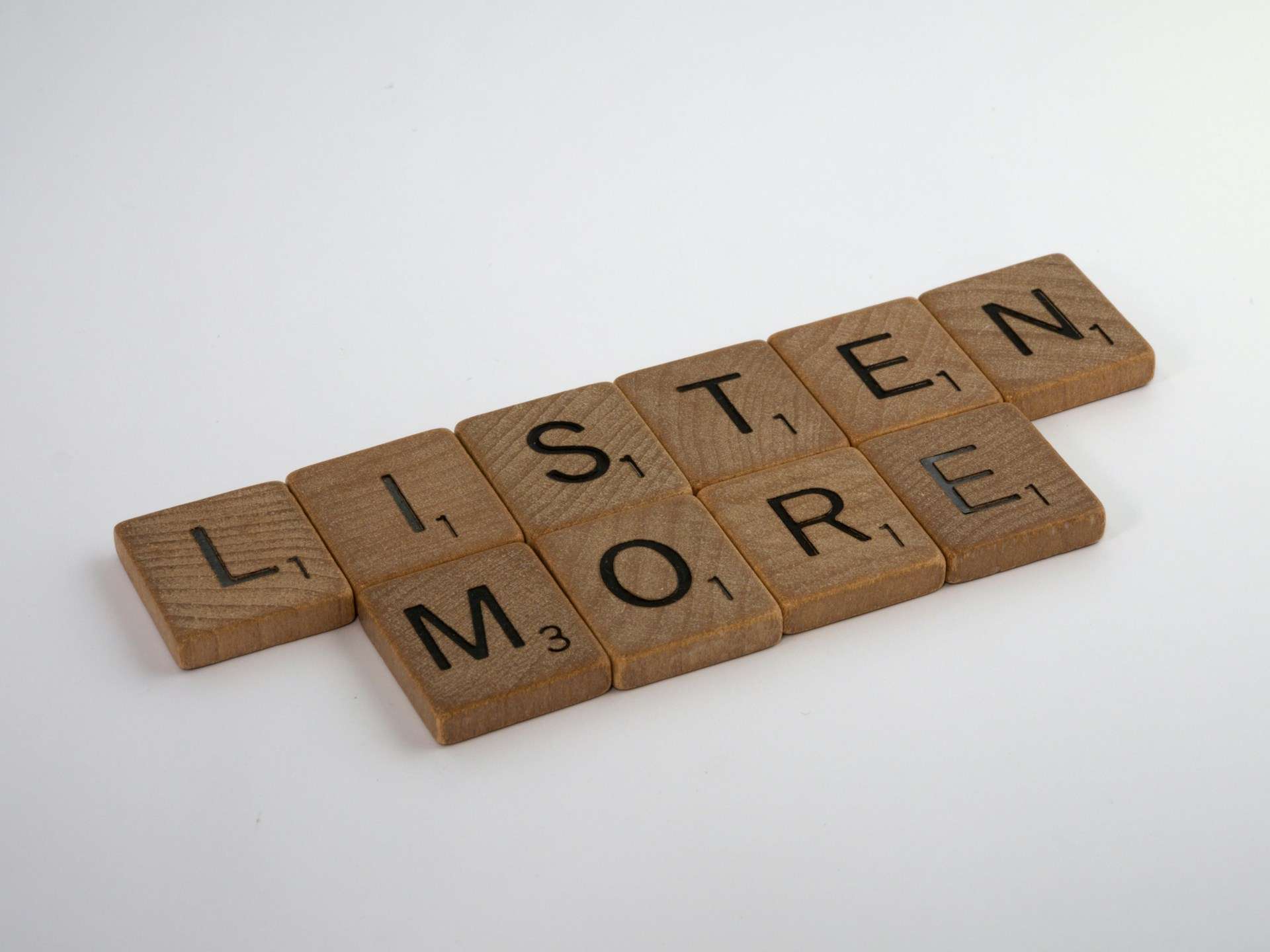Listening Loudly: Practical Techniques to Hear What Your Team Isn’t Saying
In the creative world, success is rarely just about what’s said out loud. Often, the most powerful ideas — and the most pressing concerns — exist between the lines, in the silence, or in a subtle shift of tone. But in a world dominated by deadlines, meetings and Slack notifications, it’s easy to miss the quiet signals that reveal what your team is really thinking or feeling.
This is where the art of “listening loudly” becomes essential.
More than just a buzzword, listening loudly is the ability to pay attention not only to what’s being said, but to what’s not being said — the emotional cues, the pauses, the body language, and the energy behind the words. It’s about being present, curious and receptive in a way that builds trust and strengthens collaboration.
Here’s how you can start tuning in more effectively — and hearing the things your team may not feel ready to say out loud.
Why Surface-Level Listening Isn’t Enough
Standard listening techniques often focus on what is said — the content of the message — rather than how it’s delivered or why it’s being shared (or not shared). But we now know that up to 93% of communication is non-verbal, encompassing tone, facial expressions, posture and timing.
This is especially relevant in creative and collaborative environments, where psychological safety and emotional nuance play a central role. If team members don’t feel seen or heard, they might not speak up. If emotional undercurrents go unnoticed, brilliant ideas can stall — or never surface at all.
Listening loudly doesn’t require interrupting or dominating a conversation. In fact, it’s quite the opposite. It means cultivating awareness, asking better questions, and creating space for others to express more than just updates or deliverables.
1. Reflective Silence: Make Room for More
When someone finishes speaking, most of us are quick to respond — either with our opinion, a follow-up question, or the next item on the agenda. But there’s power in simply waiting.
Practising reflective silence — leaving a beat or two before responding — can create the space someone needs to continue, clarify, or reveal what’s truly on their mind.
That extra pause tells the other person: You have the floor. I’m not rushing to move on. I’m really listening.
Try this: In your next 1:1 or brainstorming session, give a few seconds of intentional silence after someone shares something. You might be surprised by what comes next.
2. Spot the Emotional Disconnect
Sometimes a message and its delivery are out of sync. A team member might agree to a new direction, but their tone is flat and eyes are downcast. Or someone says they’re “fine” but seems distracted and disengaged.
This is what psychologists call an emotional mismatch — when non-verbal signals contradict verbal ones. Spotting these cues requires attention and empathy, not suspicion. Often, people don’t even realise they’re sending mixed signals.
If you sense a disconnect, consider asking gently:
- “I noticed you paused there — what were you thinking?”
- “That’s a big shift; how are you feeling about it?”
These small invitations create space for honesty and can build much deeper trust.
3. Foster Psychological Safety Through Vulnerability
Listening loudly isn’t only about hearing others — it’s also about how safe people feel to speak in the first place.
If your team doesn’t feel comfortable voicing concerns or sharing imperfect ideas, it doesn’t matter how well you listen. True communication flourishes in environments of psychological safety, where it’s okay to challenge, question, or admit uncertainty.
One way to foster this environment is by modelling openness. Much like how the impact of colour in interior design can subtly influence emotional perception, leaders’ behaviour sets the tone for communication. If you’re open, others will follow.
4. Ask Better Questions (and Actually Wait for the Answer)
Many leaders unknowingly ask closed or leading questions:
“Everyone’s good with this, right?”
“Any objections?”
These don’t encourage openness. They often signal a preference for agreement or quick consensus.
Instead, use open-ended, reflective questions to encourage honest dialogue:
- “What’s one thing we might be overlooking?”
- “How does this direction land with you?”
- “Is there anything about this that feels unclear or off?”
Then — wait. Resist the urge to fill the silence. Let the answers arrive at their own pace.
5. Use Personality Insights to Communicate More Effectively
Each person on your team has a unique communication style. Some speak up easily; others need time to reflect. Some respond best to logic; others are driven by emotion or values.
Understanding these differences helps you listen more effectively and adapt how you engage.
One proven approach is to tune in with your Insights Discovery profile — a model that uses four colour energies to map communication preferences. Whether someone is naturally bold, analytical, empathetic or thoughtful, knowing their style can help you read between the lines more accurately.
When you tailor your listening and language to match someone’s preferences, they’re more likely to feel understood — and more likely to speak up.
6. Create Space for Reflection and Stillness
One of the most overlooked listening tools? Time.
In modern teams, there’s often little space between meetings, messages, and deliverables. But creativity — and emotional insight — rarely thrive in a rush.
Build in moments for reflection: unstructured check-ins, walking meetings, silent brainstorms. These pauses allow space for deeper insights to emerge — both for you and your team.
Much like how elite designers craft emotional resonance in spaces — as explored in The Psychology of Luxury Spaces: How Elite Designers Create Emotional Impact — the best ideas often arise not in the loudest moments, but in the most intentional ones.
7. Pay Attention to What’s Missing
Listening loudly also means noticing what isn’t happening.
If a usually outspoken colleague is quiet, that matters. If a key stakeholder hasn’t shared thoughts on a big decision, that silence is meaningful. Absence of feedback doesn’t always mean agreement — it might indicate hesitation, fear, or disengagement.
Start tracking not just what you hear, but what’s consistently unsaid. Who hasn’t spoken in three meetings? What ideas never seem to make it past initial drafts? These gaps can point to deeper dynamics that deserve attention.
Final Thoughts: Listening Is a Leadership Superpower
To truly lead — especially in creative, collaborative teams — you must hear more than just words. You must notice what’s behind them. Listening loudly means showing up with presence, humility, and curiosity. It means creating conditions where others feel safe enough to share fully.
It’s not about being the loudest voice in the room. It’s about being the quietest one — the one who’s listening deeply enough to catch what everyone else misses.
When you start to listen like this, everything changes: trust deepens, ideas flow more freely, and your team begins to bring their whole selves to the table.







